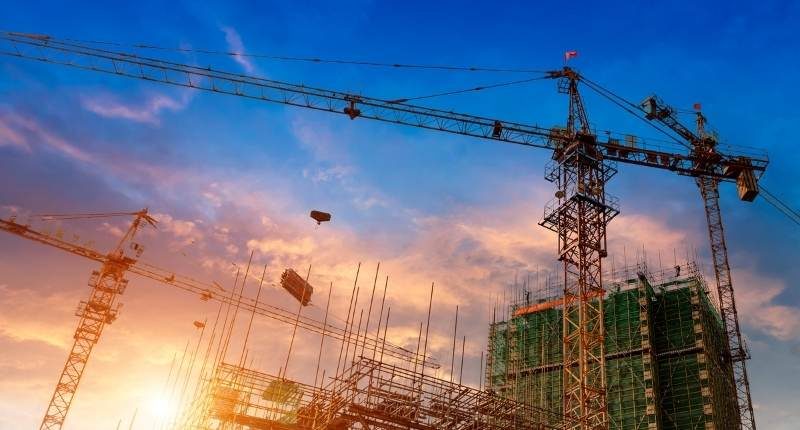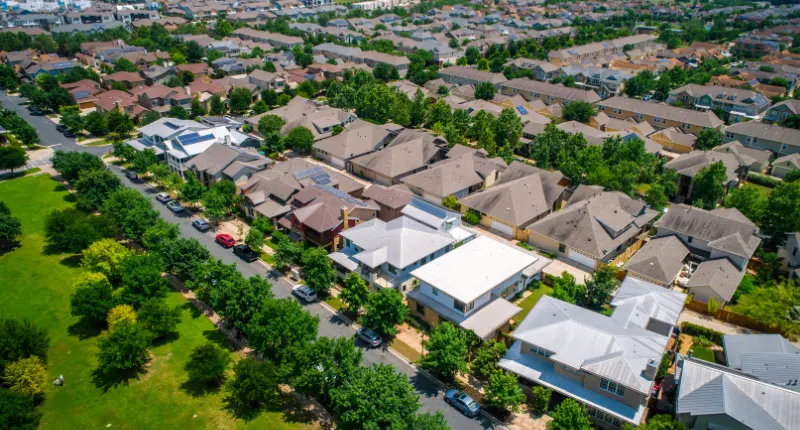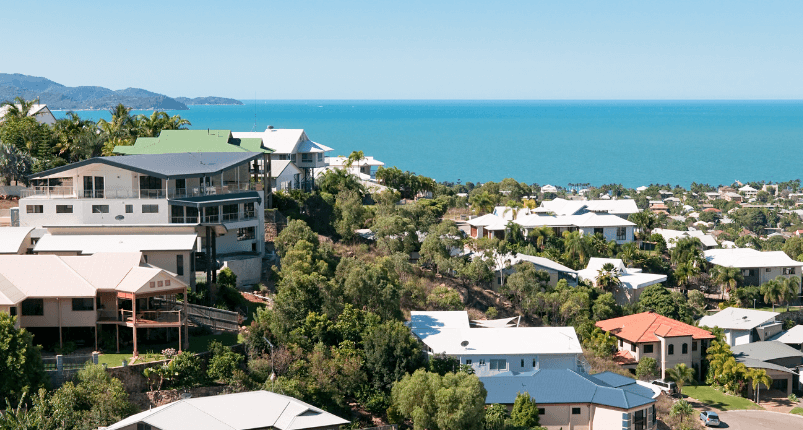- Building approvals were up 21.6% in February, after 19.4% falls in January
- Federal government grants continue to create an impact in the market
- Values of approved buildings rose 23.3%
Building approvals are back up and strong following a weak January.
Approved dwellings, according to Australian Bureau of Statistics (ABS) data, is up 21.6% for February, following a fall of 19.4% in January.

The yearly change is up 20.1%, with a monthly increase of 15.1% in private house approvals amounting to 13,939 dwellings. Non-private sector excluding houses (apartments, townhouses etc.) saw the largest growth, up 45.3% month on month, non-private sector was down by 28.7% year on year.
Approvals for private houses increased 15.1 per cent in February, exceeding the previous record-high set in December last year.”
Bill Becker, Director of Construction Statistics at the ABS
The introduction of federal government (‘HomeBuilder’) assistance had a clear impact on housing and construction.
“Since the introduction of the Homebuilder grant in June 2020, private house approvals have risen by almost 70 per cent,” said Mr Becker.
Queensland saw the most approvals of any state, up 40.5%, followed by Tasmania (31.6%), Victoria (21.7%), WA (19.1%), and NSW (16.1%). Approvals fell for SA (down 3.4%)

Building values also saw rises, with a housing boom driving prices up sharply. Many houses were selling for some $100,000 over the listed price.
The ABS said the value of buildings approved rose 23.3%, and “the value of total residential building rose 21.0%, comprising a 22.8% in new residential building, and an 11.1% increase in alterations and additions. The value of non-residential building also increased in February (27.5 per cent).”
On the flip side, engineering construction work dropped, and by some margin: down 4.8%, the value of work also decreased 6.2% according to ABS data.

In the private sector, from the September 2020 quarter to December 2020 quarter, the value of work done dropped by 1.8% in the private sector and 9.4% in the public sector. Year on year changes saw an overall drop of 2.5%, 10.1% for public sector works, and a small rise of 2.8% for private sector work.








